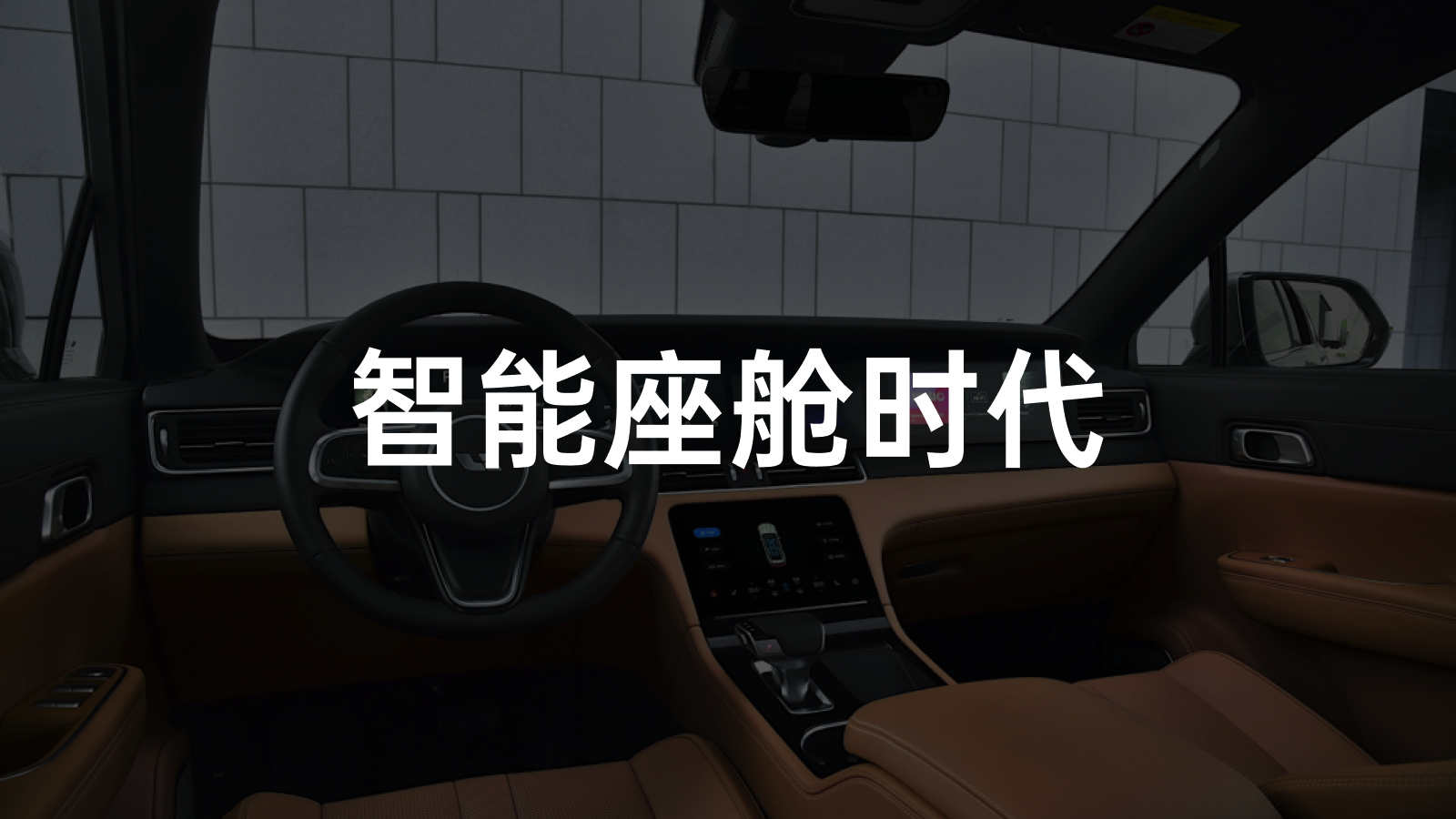On the morning of December 1st, I went to the Intelligent Car Infotainment and Cockpit Communication Conference hosted by Gai Shi Automobile at Shanghai Jiading Automobile City.
The scene was bustling with a group of mainstream OEM experts showcasing various cutting-edge infotainment systems and new concept cockpits. The main topics revolved around popular topics in the fields of the Internet of Vehicles and intelligent cockpit such as car chips, operating systems (OS), OTA, and cabin displays.
After listening to the experts’ sharing for a while, I feel that as drivers, we have finally ushered in a truly upgradable and expandable intelligent era of automobiles, just like in the age of intelligent smartphones!
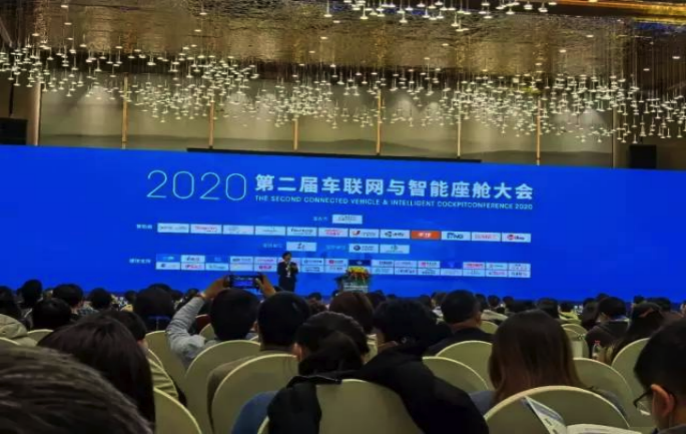
Of course, I went to the conference that day in an Ideal ONE multi-screen interactive intelligent cockpit.
Since I picked up my car on May Day this year, I have driven more than 8,000 kilometers and have been wanting to write about my personal car usage experience and share my views and feelings about the development of intelligent electric vehicles and infotainment systems.
Coincidentally, at noon I saw the one-year anniversary essay contest on the Ideal APP. When else should I write it if not now?
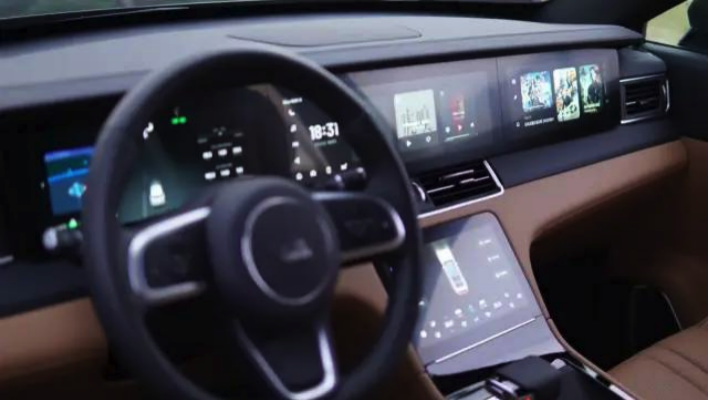
In the past year driving the Ideal ONE, many users may be like me, who pay attention to which new car brand has released a new version of OTA today, and tomorrow I hear that Tesla has upgraded and opened up new features of FSD.
We are satisfied with the excellent driving and riding experience provided by Ideal ONE, but we also look forward to Mr. Li upgrading and unlocking more new functions for us owners.
Many people who see this may think that this is a soft article for Ideal Car. But not really!
For most users who pay attention to intelligent electric vehicles, it is difficult for us to understand the technical details hidden behind the infotainment system and intelligent cockpit. Most users are not too concerned about the huge industry chain and technological upgrading brought about by intelligent driving, but we should all care about what kind of truly valuable revolutionary innovation experience intelligent infotainment and cockpit can bring to drivers who have been driving gasoline vehicles for so many years.
In my opinion, intelligent infotainment and cockpit is not simply putting screens all over the original traditional car instrument panel and central console, or upgrading to a higher quality audio and video system.
It is to gradually create a more and more intelligent mobile terminal through various advanced sensors, cameras, radar waves, execution components, and collected big data of various road conditions and driving behaviors. It will gradually achieve the level 4 and level 5 fully automatic driving, completely liberate the time cost that human beings have spent on driving for nearly a hundred years, and turn this time into productivity and consumption power!
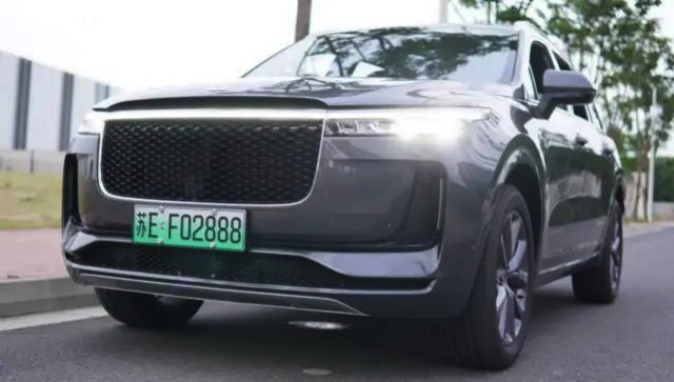 In the year that Ideal ONE was delivered, I met many enthusiastic car enthusiasts in car clubs and app communities. I personally agree with their genuine driving experience that the space is large enough, the power is strong enough, the handling is enjoyable, the large screen is unbeatable, and the charging is worry-free.
In the year that Ideal ONE was delivered, I met many enthusiastic car enthusiasts in car clubs and app communities. I personally agree with their genuine driving experience that the space is large enough, the power is strong enough, the handling is enjoyable, the large screen is unbeatable, and the charging is worry-free.
However, what surprised me the most and even moved me was that most of the software-related issues raised by car enthusiasts were verified, listened to, summarized, and continuously improved by Ideal through OTA upgrades to enhance the user’s driving experience! This is something that is completely unimaginable in the traditional automotive era.
Here, I don’t intend to repeat these driving experiences. Based on the event I attended that day, I would like to share my feelings about the intelligent car cabin from the perspective of a user of a Chinese new energy vehicle:
Major automakers attach great importance to the development and design of car cabins and infotainment systems
To be honest, the main reason why I ultimately chose Ideal ONE is that, when new automakers have no significant differences in power and driving assistance systems (same level and price range), I prefer Ideal ONE’s infotainment system and UI design.
This is like when smartphones can meet our functional demands, we may prefer the iOS system with better UI and smoother operation, which is the iPhone!
In the context of choosing new energy vehicles, facing more and more customers born in the ’90s and ’00s, a traditional infotainment system with overly generic UI is enough to kill the test drive desire of these young people who pursue individuality!
For me, BBA’s existing infotainment systems have no appeal, regardless of the number and size of their screens. It is just because their conservative infotainment systems behind the screens are soulless and hopeless, and they lag behind the intelligent and information-based era we are in!
In addition, OTA upgrades of infotainment systems will become a new profit direction for new automakers. We all know that Tesla’s FSD upgrade is expensive. The dual-motor version of Model 3 can be upgraded from 0-60 mph acceleration time of 4.6 seconds to 4.1 seconds through paid OTA upgrade. Maybe I will have to pay for the high-precision map upgrade of Ideal ONE in the future, and it might be an annual fee! What? Tired of the dashboard? Change the skin for a monthly fee of only 99 yuan! Will the “00s” pay for it?!
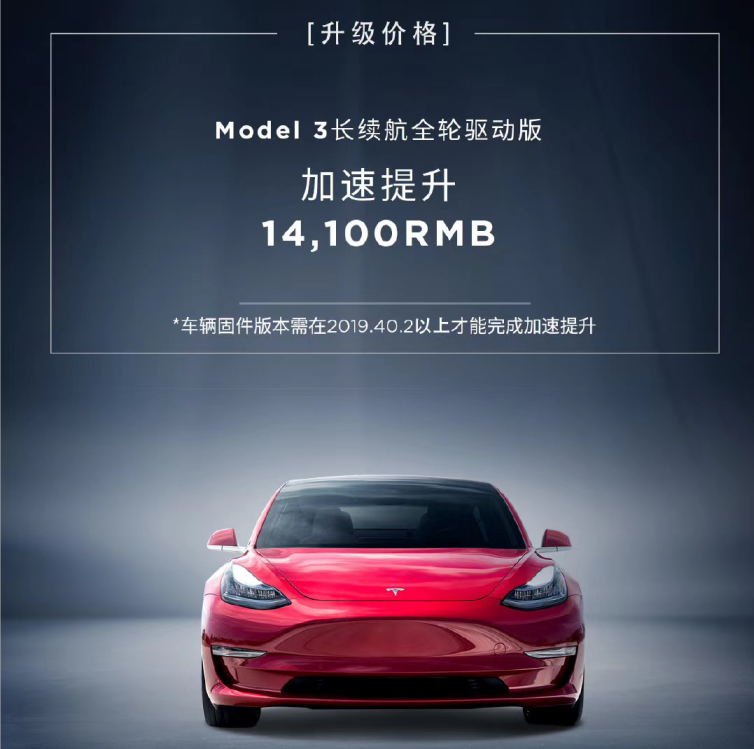
More sensors, better human-machine interaction
I don’t need to say much about this. The game of smartphones competing on camera and hardware configurations has already been staged in the age of intelligent infotainment systems. Don’t think that only smartphone manufacturers are competing on camera numbers. Infotainment system manufacturers are also competing on single and stereo cameras.
Many Ideal ONE users are still complaining that the car does not have angular millimeter-wave radar, which makes it impossible to truly achieve safe automatic lane changing. XPeng Motors was also criticized by Musk on Twitter for adopting lidar in the later stage.In the final analysis, hardware specifications and quantity are the bottom line guarantee for intelligent driving technology. Therefore, we can look forward to the diversified development of high-tech components in the perception layer industry chain, which will benefit more users in the era of intelligent driving.
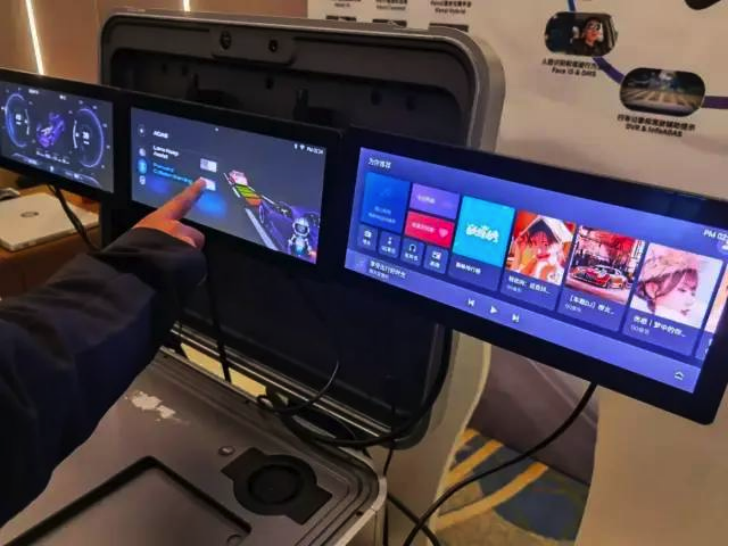
When it comes to human-machine interaction, more and more users are beginning to pay attention to the car’s intelligent voice interaction. We should all be familiar with the experience of voice interaction on smartphones and smart speakers.
Obviously, car voice interaction is much more complex due to the diversity and complexity of the environment. I personally believe that voice human-machine interaction is the most important interaction method in the era of intelligent cars because of its convenience in quickly accessing and starting car commands, which far exceeds the efficiency of manual buttons and screen menu flipping!
I still remember one time when I was driving my friend’s Mercedes-Benz E-Class. Since the gearshift lever was on the right side of the steering wheel, which was the same position as the windscreen wipers of my own car, I mistook the gearshift lever for the wipers while driving in the rain, which caused some laughter.
Furthermore, many drivers may still not be proficient in finding the fog light button. Fog lights are a low-frequency but often urgently needed function. If the car has a better voice interaction experience, it can not only greatly reduce the learning cost of vehicle operation but also significantly reduce the frequency of drivers looking for function buttons and manual operations. This can effectively improve driving safety!
At the scene, iFLY TEK demonstrated their latest FishOS for car machines. Before completely freeing up hands and feet, language interaction is definitely the safest and most efficient complementary method for human-car interaction.
The latest official release includes sound source localization and voiceprint recognition technology, which can achieve extremely high accuracy of voice recognition by combining environmental factors, echo cancellation, and mature microphone array noise reduction schemes.
When it comes to language recognition technology, I really only trust iFLY TEK. However, I feel that iFLY TEK has only adapted and optimized the content ecosystem of smart speakers to car machines. To truly and significantly reduce the frequency of driver manual button operations, further integration with the host factory’s car machine system and electronic control unit may be necessary.
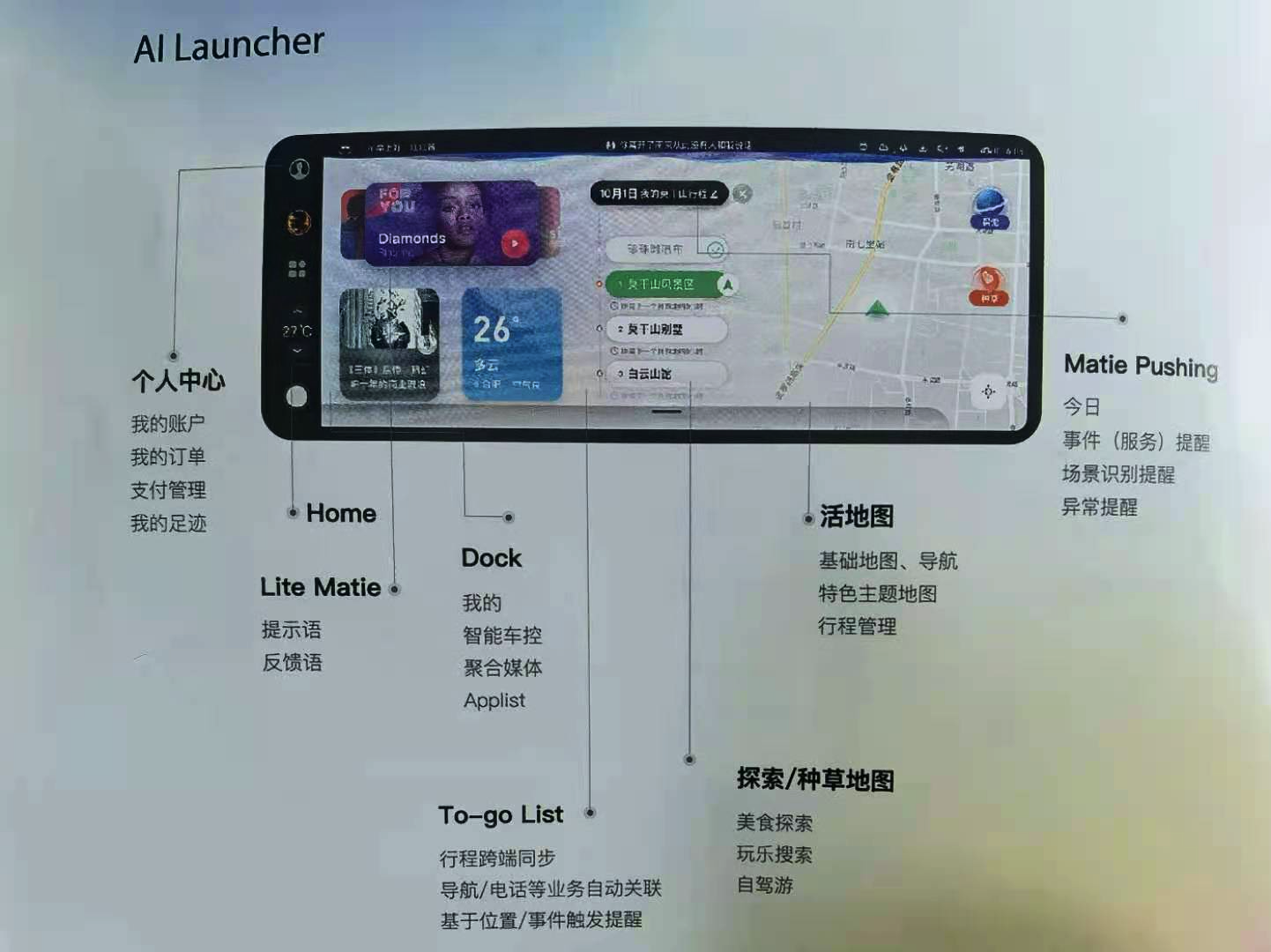
Another focus of human-machine interaction is AR-HUD, or augmented reality for head-up displays. Baidu’s representative demonstrated the AR-HUD product, which is said to be the industry leader. In fact, HUD technology was first used in fighter jets to effectively reduce the frequency of pilots looking down at the instrument panel and improve flight safety. With the cost of HUD devices decreasing, this technology is slowly being applied to commercial aircraft and cars.
To be honest, although the number of traditional retrofit HUD devices on Taobao is not small, the effect is difficult to satisfy. A few luxury brands have adopted front-mounted W-HUD, which integrates and unifies navigation information with the windshield through optical design, but it still feels like something is missing in terms of the sense of future technology.The upcoming AR-HUD will be able to integrate ADAS and navigation information with the windshield, providing a more realistic holographic projection that combines virtual imaging with real-life scenery. Although I have yet to experience the charm of AR-HUD firsthand, I believe it will make it much easier for us to navigate complex highways and city roads.
Many drivers may consider voice interaction and HUD as redundant features, but it’s not because users don’t need them, it’s because the user experience isn’t good enough. However, believe in the best embodiment of technological progress: upgrading features that were once considered redundant into indispensable and even productivity-enhancing necessities! More than a decade ago, many people also thought that the camera on a mobile phone was just a redundant feature, right? Therefore, voice interaction and HUD will become the two important magic weapons for new forces to continuously improve the smart cockpit user experience, in addition to ADAS. Let’s wait and see.
Safer Intelligent Driving
As mentioned earlier, increasing the safety of autonomous driving through more and better sensors is vital. However, with the increasing number of connected smart cars, effectively avoiding network attacks will become one of the top priorities for the development of smart cars.
Many of our company’s industrial equipment customers are reluctant to install 4G remote data transmission modules due to fear of external network attacks, and are willing to give up important functions such as remote firmware upgrades and maintenance as a result.
From both a functional and hardware and software architecture perspective, cars are extremely similar to high-end industrial equipment. Therefore, concerns about security are absolutely not unfounded. Recently, researchers have even found ways to exploit flaws in key fobs to take control of Tesla’s Model X and Model S vehicles. It’s scary to think about!
Although I only participated in the half-day event, I’m not sure if the other experts delved deeper into this development trend. During the tea break, I did come across a security management system at a booth of a Hungarian company that claimed to be able to detect the vehicle’s status in real-time to provide timely warnings before any potential attack happens. I don’t know the specific technical details, though.
This concludes my discussion on technological developments. Connected cars and vehicle-to-everything (V2X) communication were not covered in today’s discussions, mainly due to my limited personal experience in these areas. Many details couldn’t be discussed in depth.Apart from bringing better and safer driving experience, what I personally hope for when the era of connected cars is widely adopted, is that during rush hours all vehicles could effectively pass through the cloud-sent driving instructions, greatly reducing congestion. I also expect these so-called “intelligent transportation” companies to launch truly efficient and low-cost shared travel services, so that my son’s generation no longer needs to waste time and effort to take driving lessons! (Those who want to race, please apply for a racing driver’s license!)
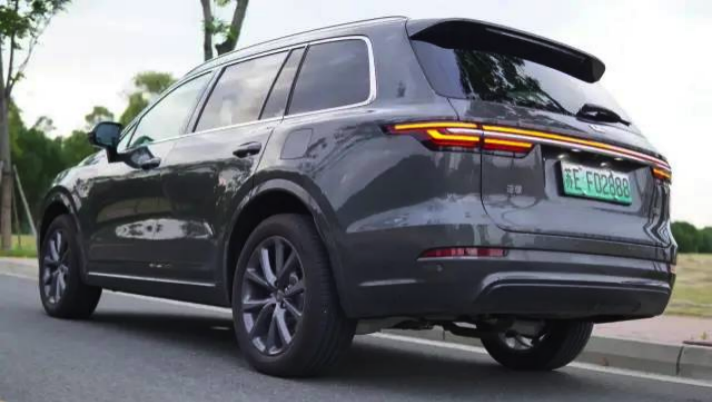
Finally, as an experienced driver of 12 years, I personally look forward to the early arrival of the era of intelligent unmanned driving.
If freeing up my hands and feet can enable me to continue updating PPT while visiting clients and improve my productivity, that may sound a bit exaggerated. However, if the time spent while driving, especially long-distance driving, can really be freed up, the imagination space brought about by new business models and lifestyles is obviously immense.
It is also because of these expectations that I chose the Ideal ONE without hesitation six months ago. At that time, I was also amazed by its integrated seamless four-screen interactive intelligent cockpit, and the design of the anxiety-free energy supplement program that can use both gasoline and electricity. I promptly cancelled my order for ES8 and Model 3. Now, after driving nearly 10,000 kilometers, I am very satisfied with the overall performance of the ONE. I believe this is also the common feeling of most Ideal car owners!
I am really happy to see the flourishing development of autonomous driving technology in China today, and even more excited to see that so many new players and suppliers of domestically produced cars are increasingly being recognized by the new generation of consumers.
After experiencing the electric vehicle fraud subsidy scandal, I hope that Chinese people can focus on the users when developing new energy vehicles, and work wholeheartedly, rather than playing with PPT concepts to cater to the government’s subsidy policies! In a few years, I hope that the post-00s generation, like my son, will willingly choose domestic EVs as the pride of the country!
This article is a translation by ChatGPT of a Chinese report from 42HOW. If you have any questions about it, please email bd@42how.com.
